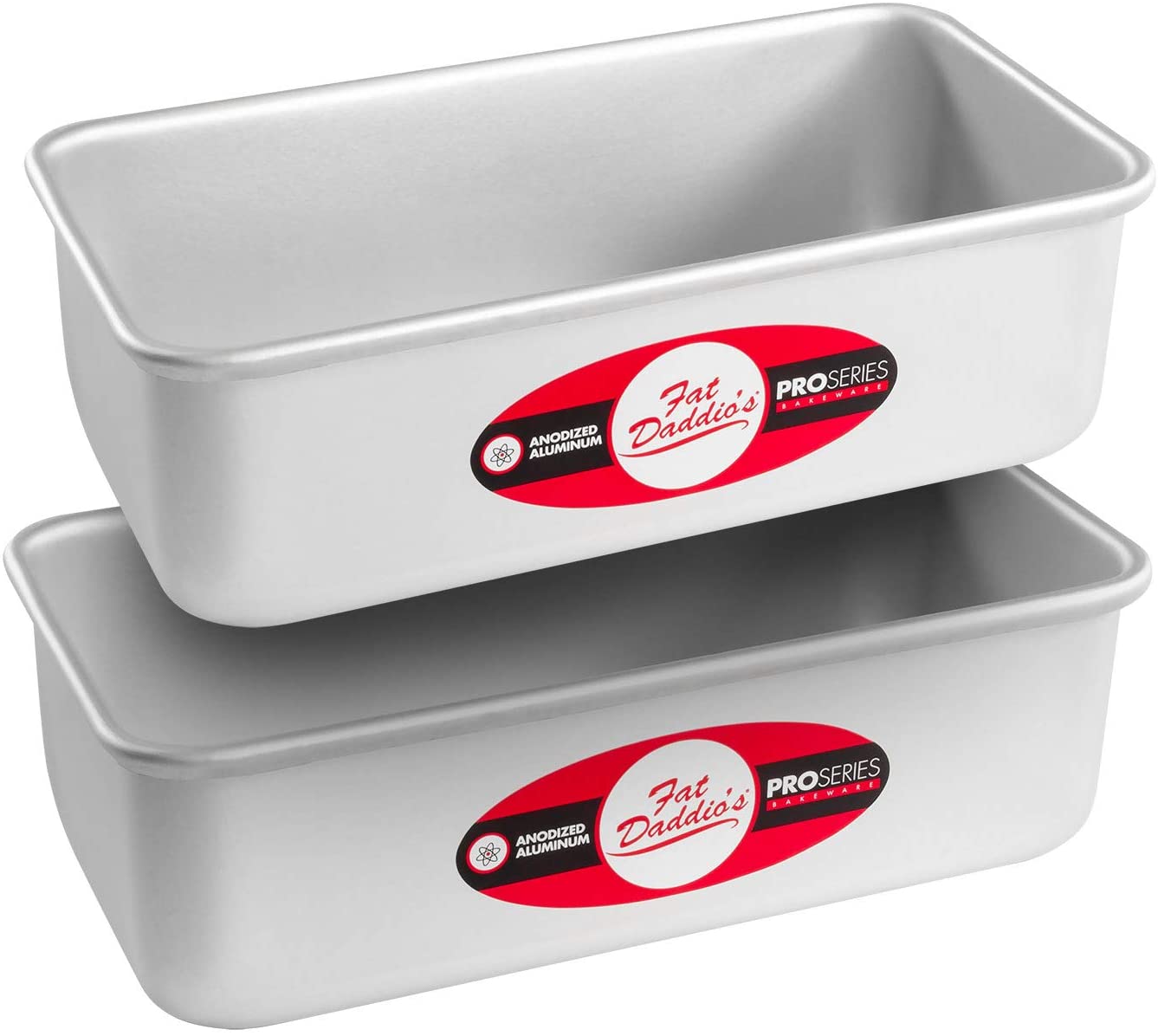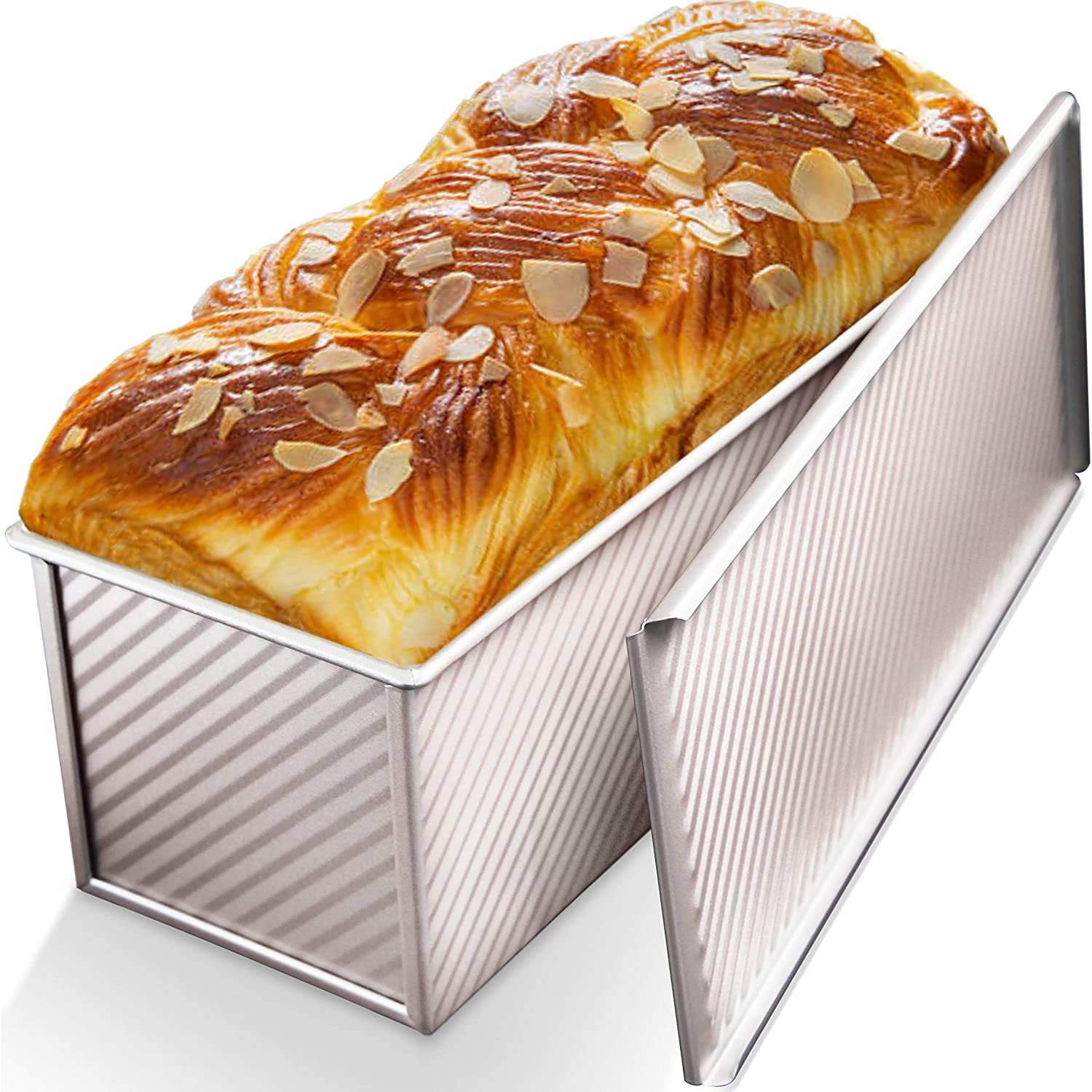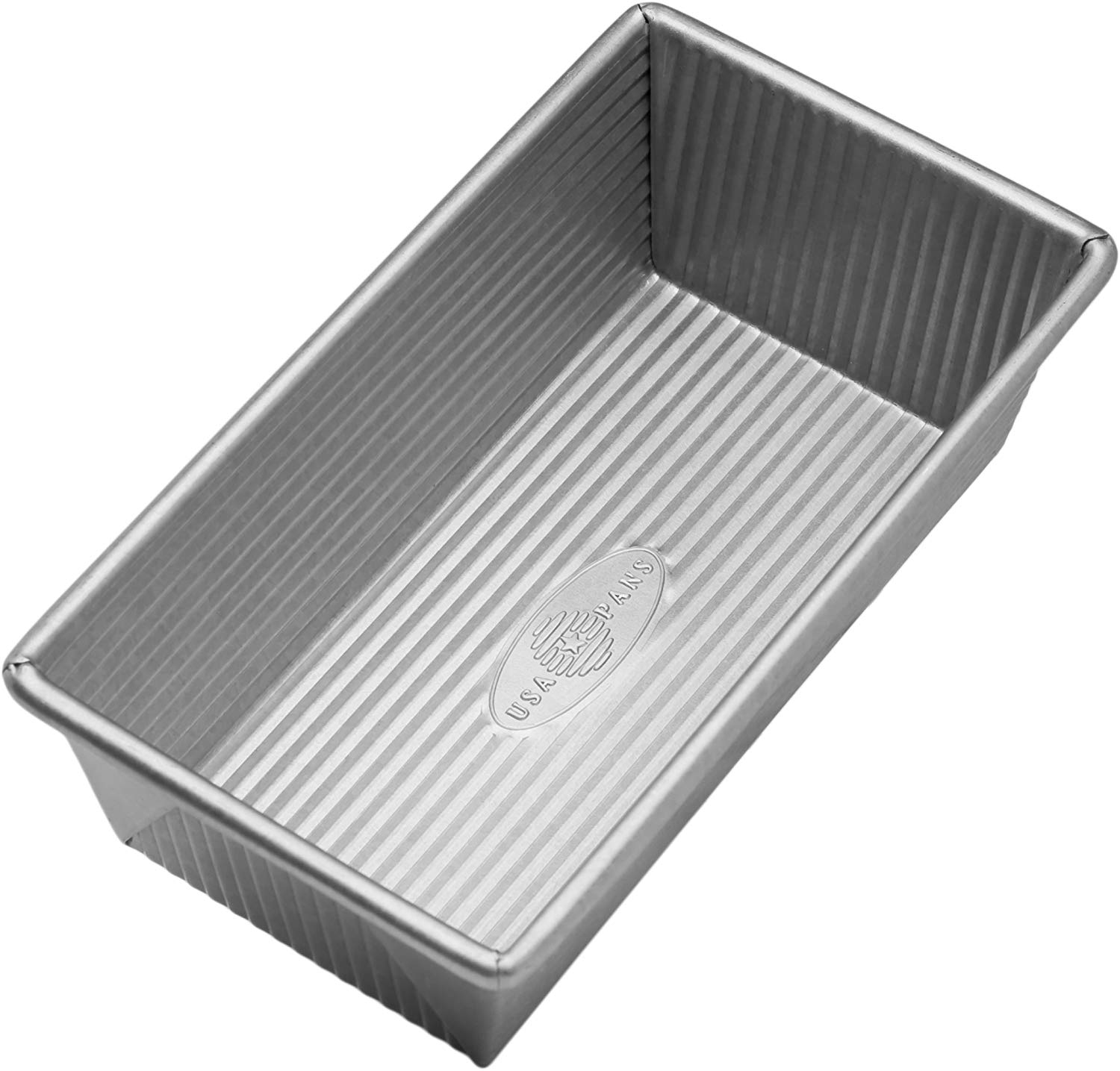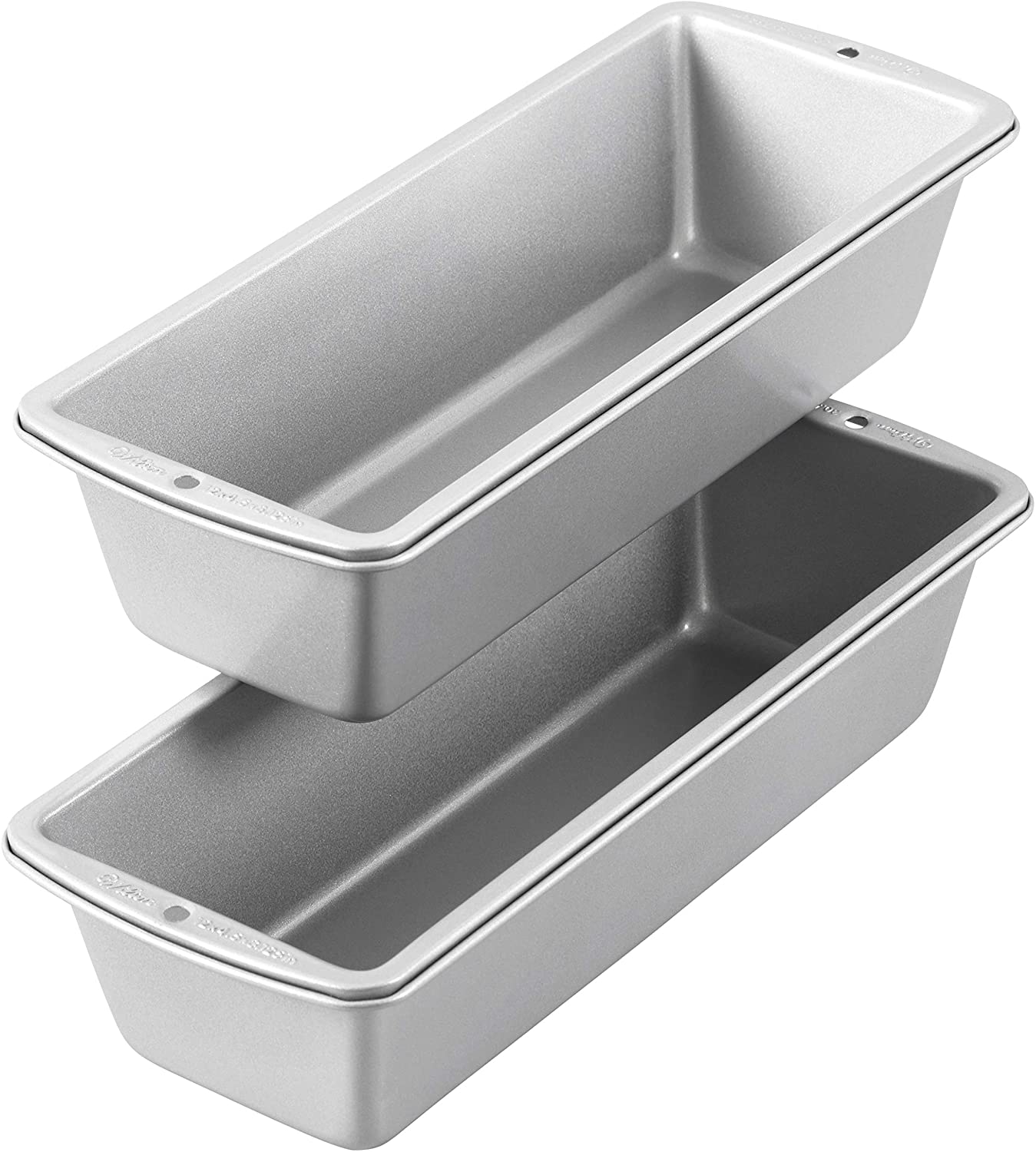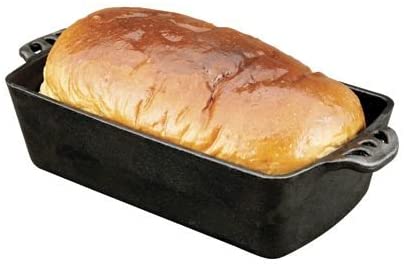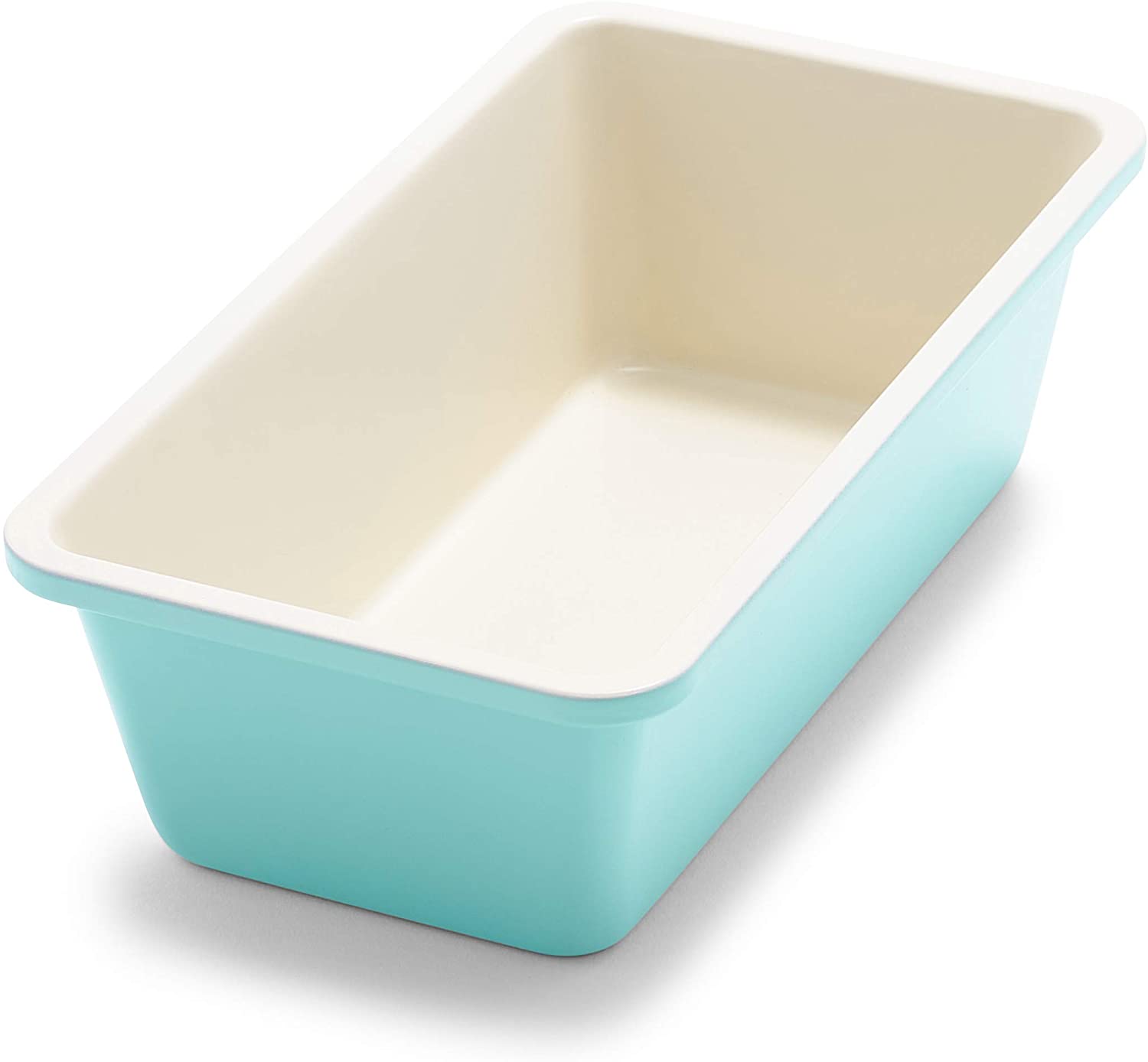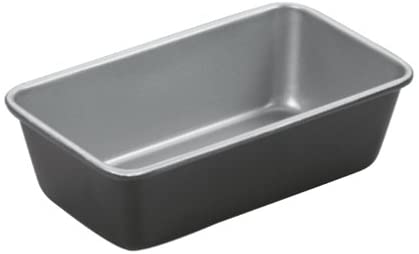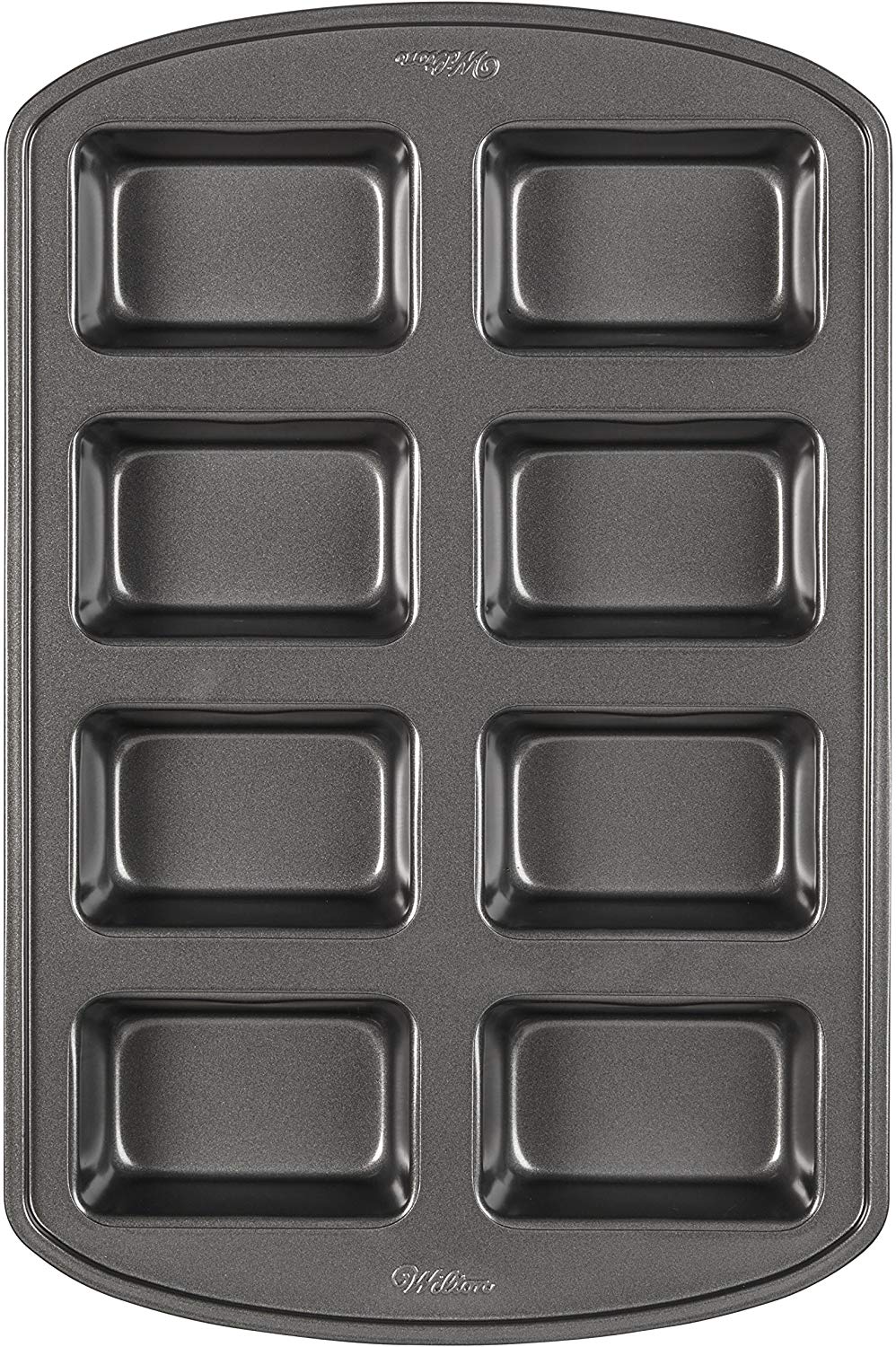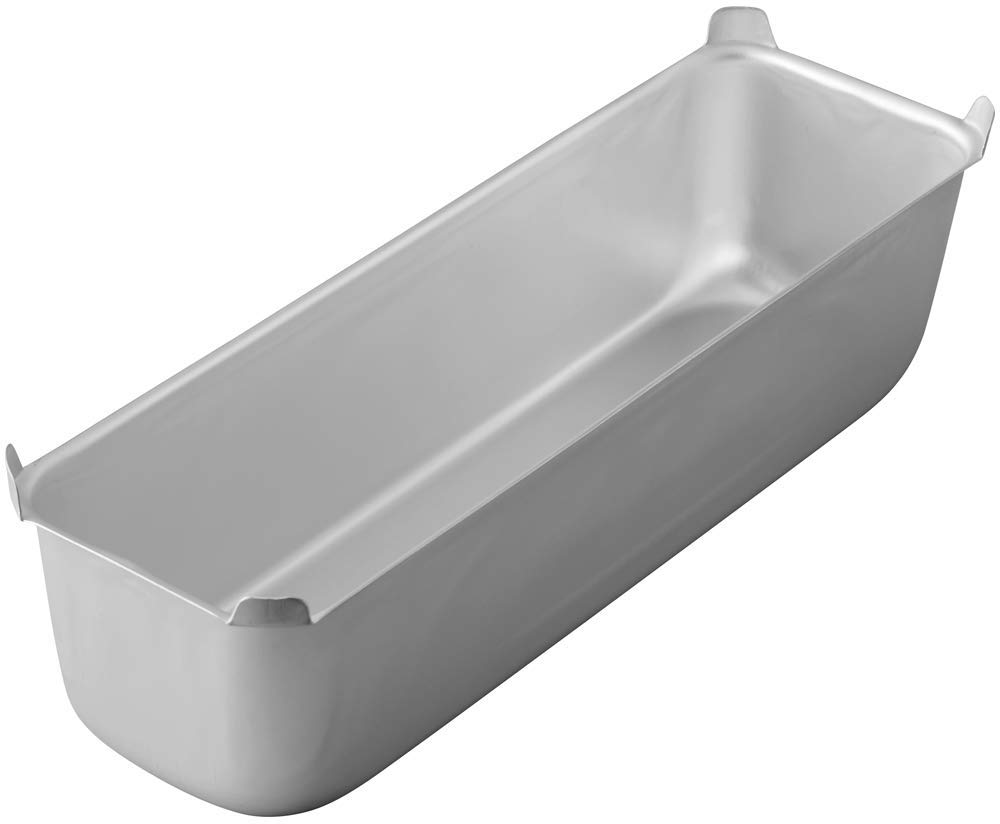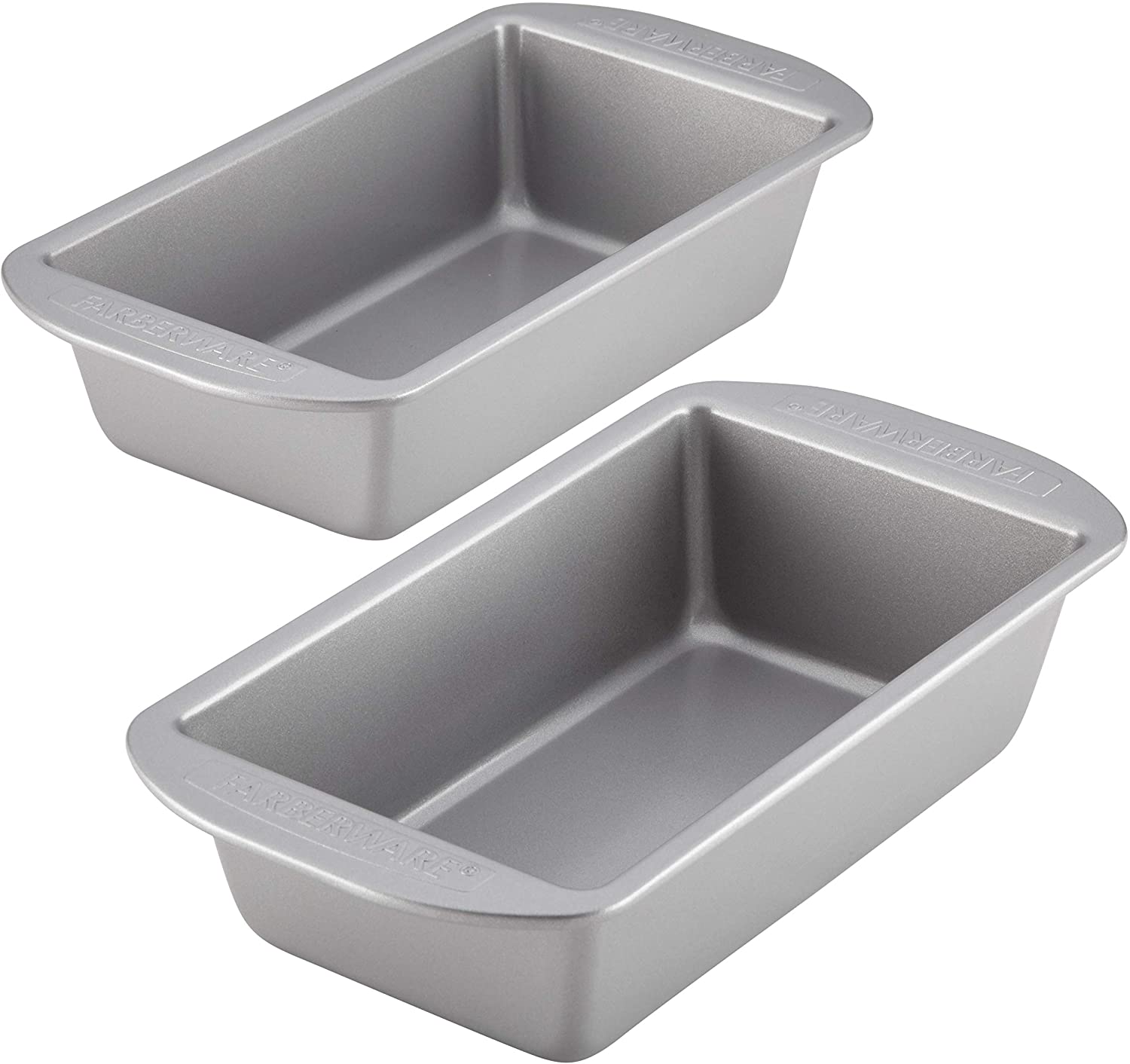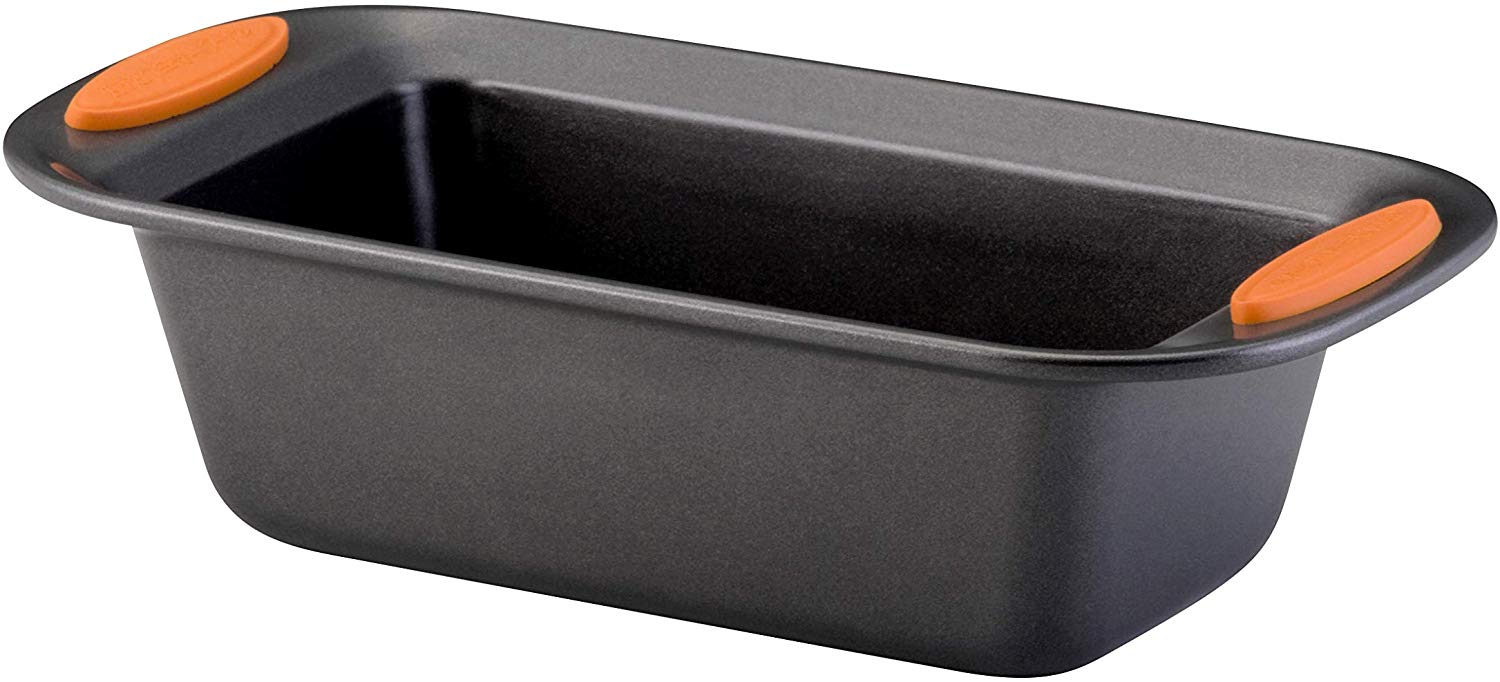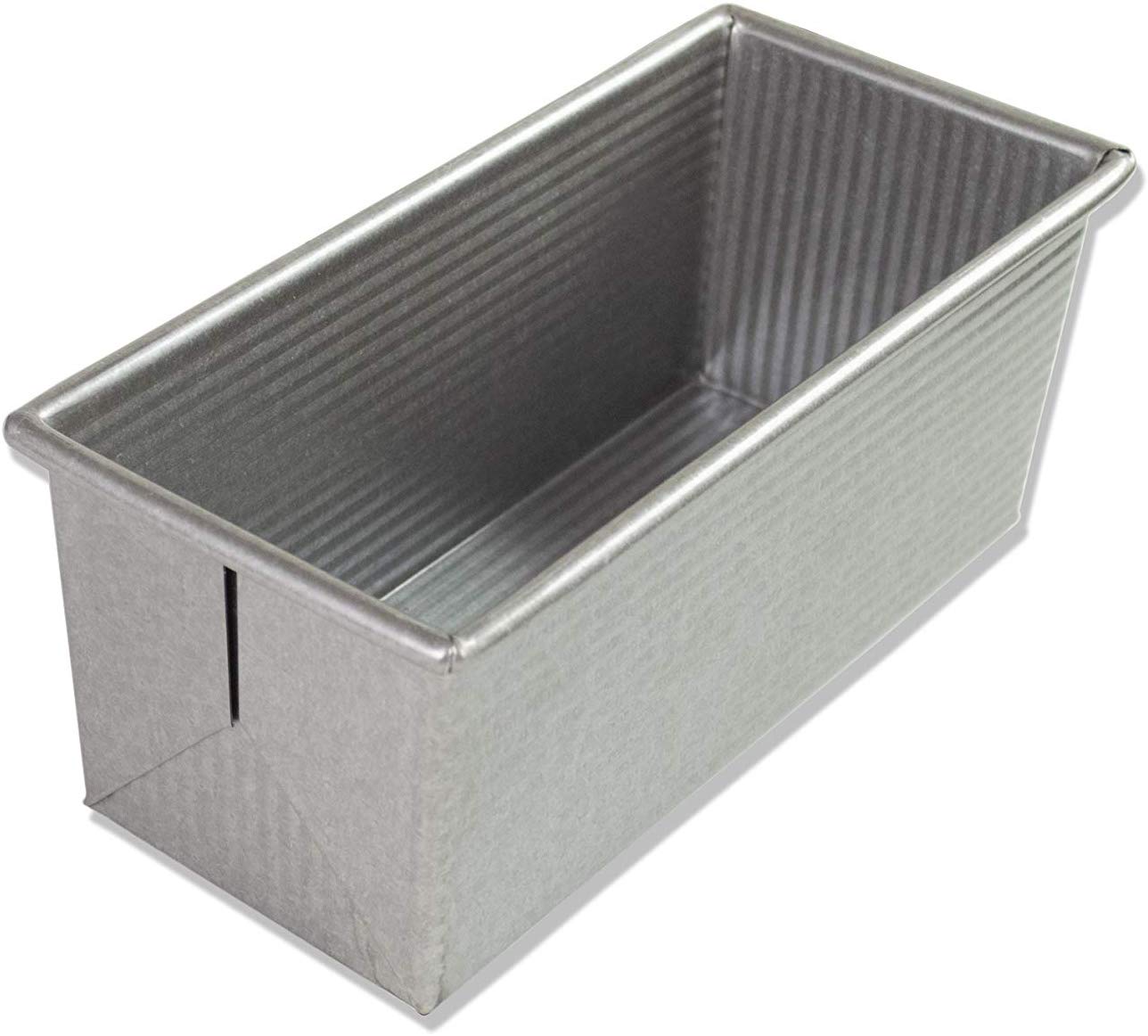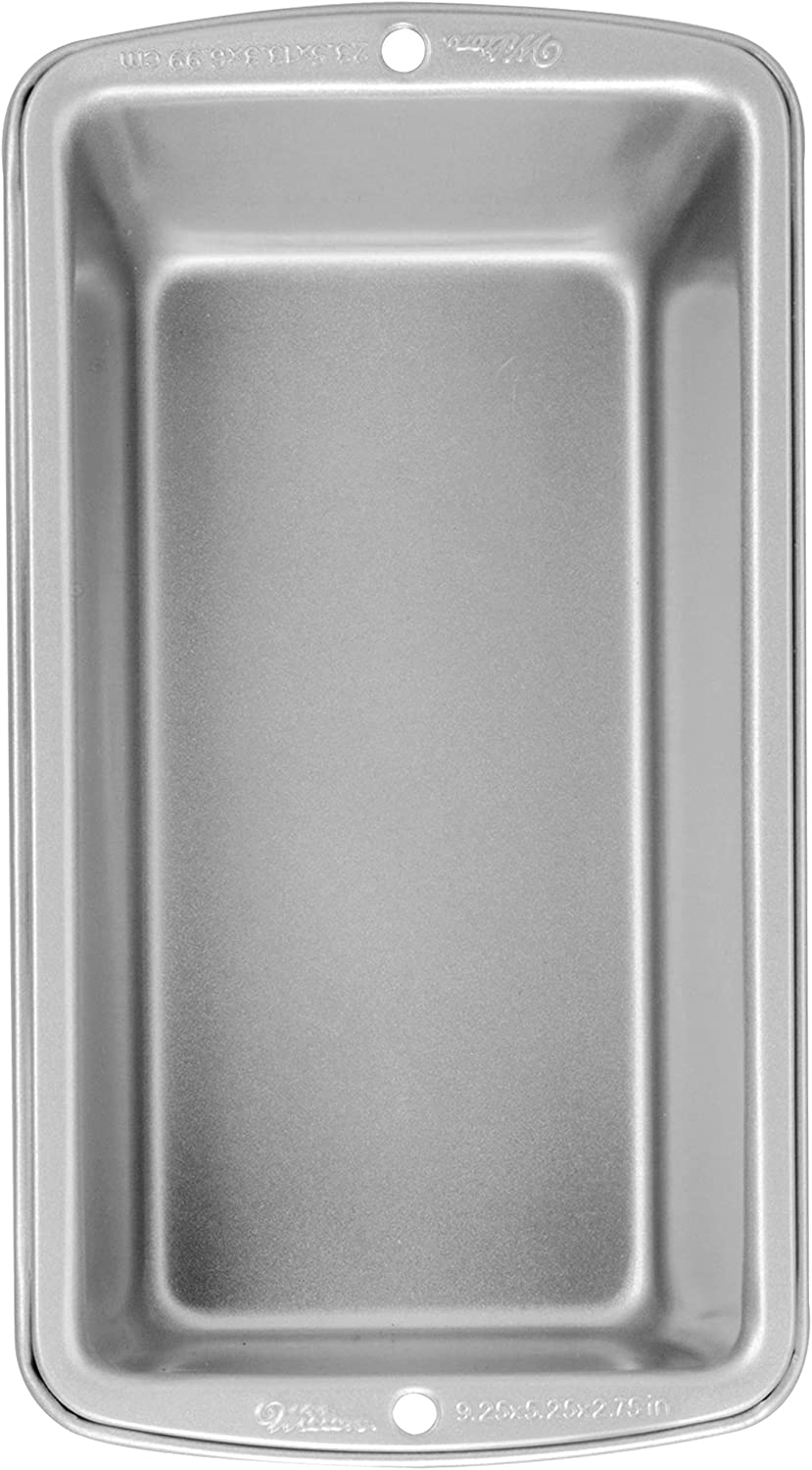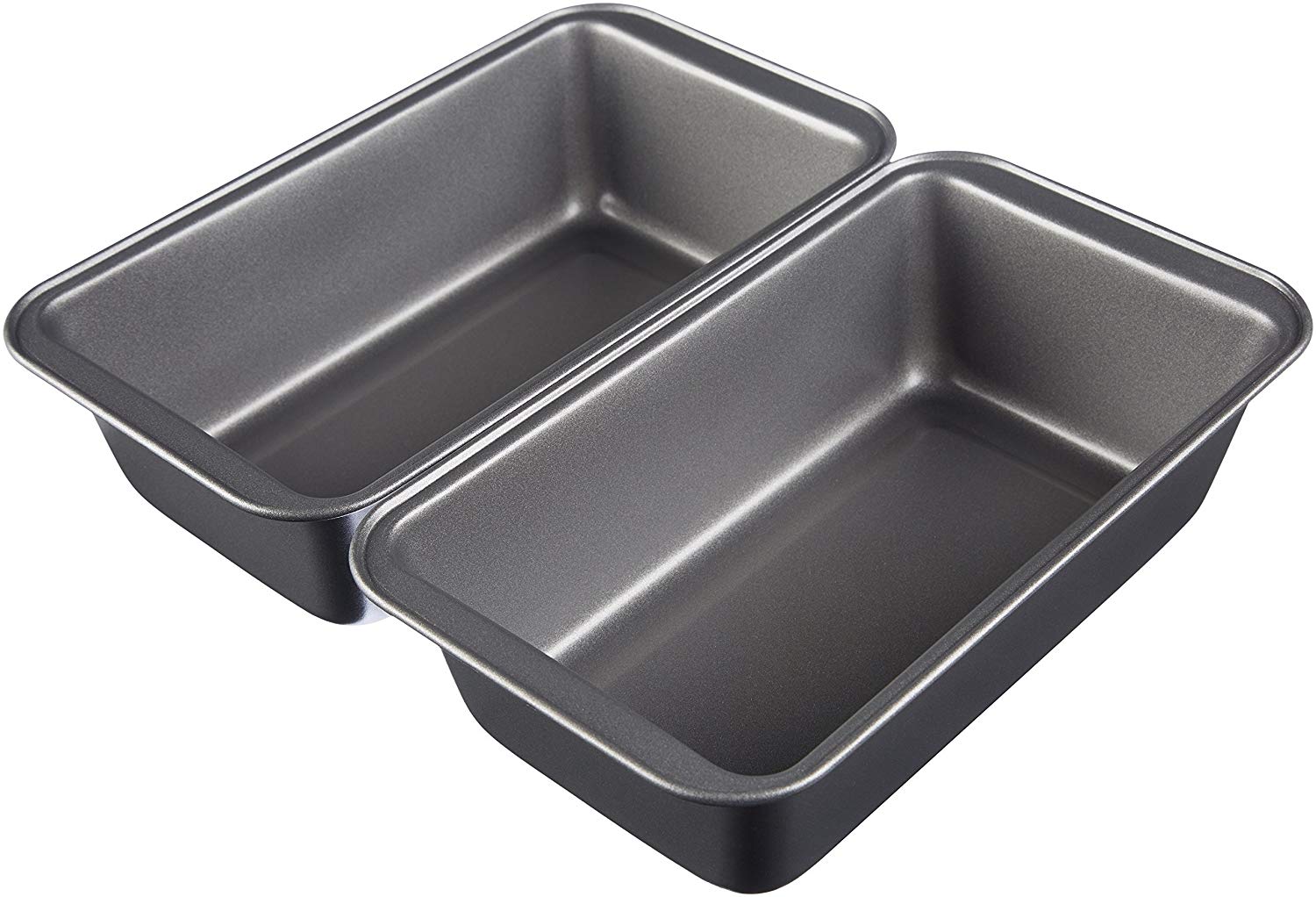Fat Daddio’s BP-SET Anodized Aluminum Bread And Loaf Pan, 2-Piece
Last updated: October 7, 2021
This set of two anodized aluminum loaf pans are durable with a non-reactive finish that can be used in virtually any recipe. Not only are the pans freezer-safe, but one pan fits inside a 5.3-quart air fryer perfectly. The pans heat and cool quickly, so you can whip up multiple loaves without much wait in between.
We looked at the top Bread And Loaf Pans and dug through the reviews from some of the most popular review sites. Through this analysis, we've determined the best Bread And Loaf Pan you should buy.
Product Details
Key Takeaway: If you want loaf pans to use in the oven or the air fryer, Fat Daddio's Aluminum Bread Pan, Set of 2 set might fit the bill.
In our analysis of 72 expert reviews, the Fat Daddio's BP-SET Anodized Aluminum Bread And Loaf Pan, 2-Piece placed 11th when we looked at the top 16 products in the category. For the full ranking, see below.From The Manufacturer
Fat Daddio’s, logo, header bread pan, bread Built Bakery Tough 50+ YEARS OF CAKE PANS Fat Daddio’s Anodized Aluminum Bakeware is a result of over 50 years of family design and manufacturing. Founded in Los Angeles in 1968, our natural aluminum bakeware became the standard for commercial bakeries, professional chefs and private-labels for many of the leading brands and distributors around the world. Fat Daddio’s is still family-operated today. Our Pacific Northwest company continues to operate with the same family vision. Fat Daddio’s ProSeries Bakeware Fat Daddio’s brand and signature “Safe-Seal” anodized aluminum bakeware was introduced in 2006 after creating a safer baking pan that performs better, releases easier, cleans faster, is more versatile and durable than any other aluminum bakeware. Our ProSeries Bakeware and Baking Tools are manufactured to provide the results that demanding professionals require. We combine the best baking materials and design with the recommendations of professional bakers and pastry chefs worldwide. BAKEWARE & OVENWARE BAKING & PASTRY TOOLS DECORATING TOOLS FONDANT & GUM PASTE air fryer, instant pot, pressure cooker, accessories, illustration *Compatible Fat Daddio’s Bakeware fits some models and capacities of pressure cookers and air fryers. square cake pan, illustration, heats faster cools quicker pie pan, illustration, no chemical coatings or extra metals springform pan, illustration, built bakery tough ring mold pan, illustration, bake with confidence By reflecting heat, rather than absorbing heat, Fat Daddio’s Anodized Aluminum Bakeware reaches baking temperatures faster. Even heating allows for the best possible rise. Once out of the oven, they cool quicker preventing over-baking so your recipes turn out the way they should. Fat Daddio’s Anodized Aluminum Bakeware has no chemical coatings or extra metals. Anodizing is not a coating. It’s an environmentally-safe process that contains no chemical additives, dyes, CFC’s, PTFE’s or PFOA’s. This is the same Bakeware and Baking Tools bakeries, commercial kitchens and baking enthusiasts around the world depend on every day for professional results. Fat Daddio’s Anodized Aluminum Bakeware features a durable, non-reactive surface allowing you to bake a wider-variety of ingredients like citrus fruits and tomato-based foods and sauces. shepherd’s pie, bread pan Fat Daddio’s, logo bread pan, banana bread, pecans, lifestyle round cake pan illustration, anodized aluminum WHY WOULD I WANT ANODIZED BAKEWARE? Natural aluminum is porous like a sponge and absorbs the fats, sugar, oil, dish soap and detergents that it comes in contact with. Anodizing aluminum creates a durable, non-reactive surface which allows you to bake a wider-variety of ingredients like citrus fruits and tomato-based foods and sauces. Typically, ingredients that react poorly with ‘natural aluminum’ and ‘aluminized steel’ products and can actually leach unwanted flavors, and even aluminum, back into your baking. Anodizing ‘safe-seals’ the natural pores of aluminum creating a smoother, thicker, completely sealed and more versatile baking surface. Anodizing is not a coating. It’s an environmentally-safe process that contains no chemical additives, dyes, CFC’s, PTFE’s or PFOA’s. Anodizing is the reason Fat Daddio’s Bakeware will never chip, flake, peel, pit or rust.
